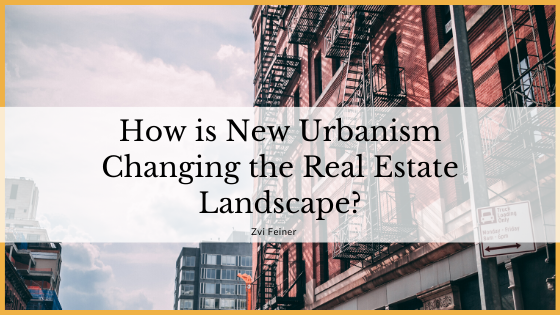A new vision is emerging for urban planning to create more walkable and people-friendly communities. This concept, known as “New Urbanism,” is spreading across American cities. Here’s a look at how this growing trend is affecting the real estate industry.
Bringing People Closer Together
One of the main themes of New Urbanism is planning for a safer, yet more open community in terms of increased social interaction. This ambition for friendlier and more integrated communities from small towns to large metropolitan areas is an evolution of similar thinking that began in the 1980s. It’s based on analysis of 1980s-era social issues that arose in the 20th century suburban zones.
At the core of this movement for change are values such as setting progressive goals toward a cleaner environment, human rights, safer streets and preserving nature. It calls for more efficient forms of mass transportation and an appreciation for renewable energy. Part of New Urbanism is encouraging more bicycle riding by paving more bike trails, which cuts down on greenhouse gas emissions.
Features of the Future Metropolis
- diverse social and economic qualities
- beautification projects
- designing walkable and bicycle-friendly neighborhoods
- heavy emphasis on planning around public transit systems
- more integrated forms of land use
- affordable housing
- minimal traffic congestion
- more individual involvement with community issues
How New Urbanism Affects Real Estate
As planning for New Urbanism is underway, real estate professionals must plan ahead for homes and offices of the future. It’s likely there will be more businesses in every city that rent out office space for companies that mostly operate online. Using one building to house multiple virtual or physical offices is an efficient way to cut costs for company on energy, storage, rent or leasing. Many entrepreneurs now operate firms from mobile devices, which is redefining business culture.
The goal of increasing social integration can be achieved by strategic meeting centers that are within walkable downtown, midtown and suburban neighborhoods. These social gatherings need to take place near public transit stations so that residents and visitors can conveniently get around town in a more affordable, eco-friendly and social manner.
Reducing dependence on cars or trucks is a major component to New Urbanism. It’s part of an economic plan for cost efficiency and a cleaner environment. This vision clearly favors work at home or shorter commute jobs. These factors will affect income levels and perhaps smaller homes that consume less energy. It will also affect street widths and local building codes. Developers, realtors, property managers and investors will need to consider these factors in future planning.

